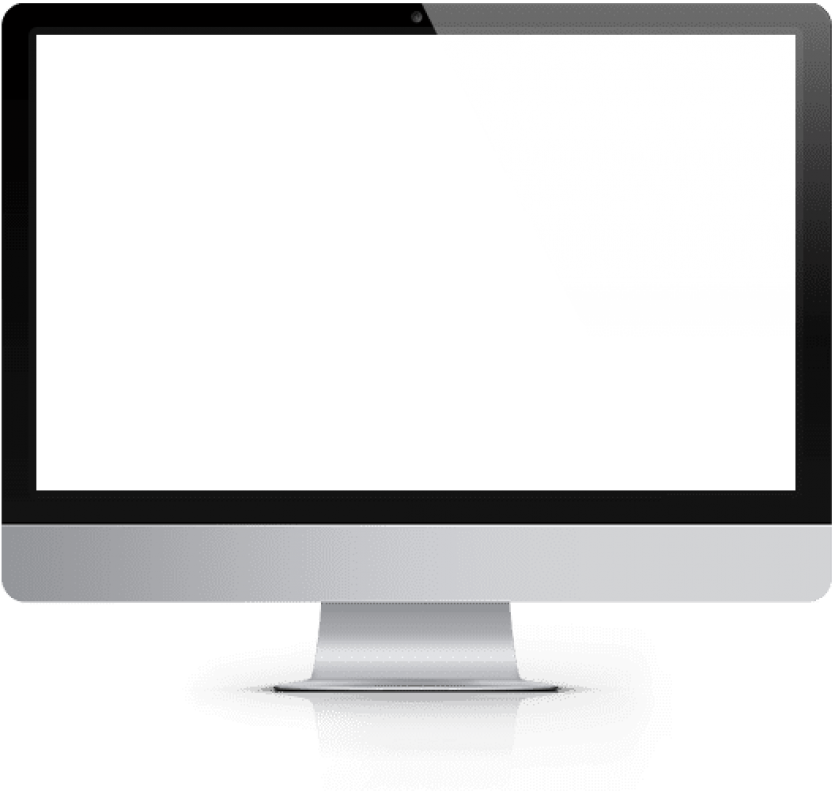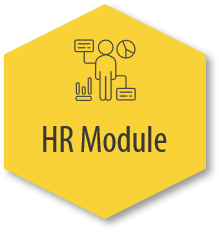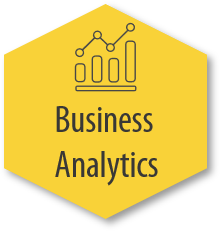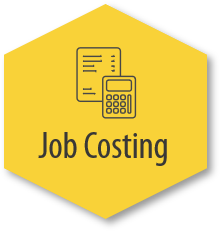For example "Webinars"
Let’s Meet at Expos and Conferences
Learn more
RigER supports subrental operations to their fullest potential.
Subrentals are an important part of oilfield equipment rental operations being profitable and sustainable in the long term. Properly managing your subrentals is the only way to keep the whole thing viable.



